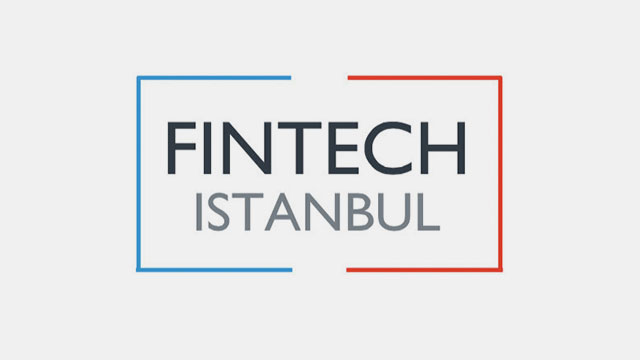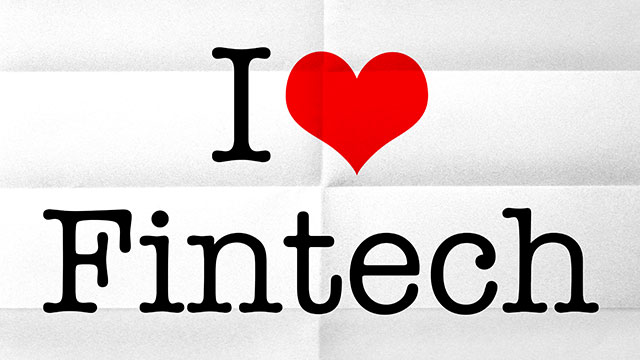By Oliver Bussmann and Dr. Soner Canko
When people think of vibrant FinTech hubs, cities like London, Singapore or New York usually come to mind. Fewer would put Istanbul on their list of major centers for financial services innovation.
Unjustly, in our opinion.
The truth is, Turkey has been a hotbed of financial innovation for quite some time. Thanks to support from the government and the Turkish financial services industry, we think it has what it takes to soon be counted among world’s top FinTech locations.
Here’s why we think so.
Young, and plugged in
Turkey has a history of embracing new technologies, including mobile banking and peer-to-peer payments, ahead of other nations. Turkish banks, to take one example, were pioneers in the development of digital wallets allowing clients to make direct payments to vendors and each other. They have also championed innovations, like biometric authentication at ATMs, that are still rare in most other jurisdictions.
Part of this success in financial innovation can be put down to the country’s natural advantages. With half of its 80 million inhabitants under the age of 30 it is a nation of young people, many of whom are very well educated. Turkey also leads many other Western nations in terms of internet speed and smartphone penetration. This makes it a good environment for digital innovation in general and FinTech in particular. Under these conditions it’s no surprise that Turkish bank clients have shown such a keen appetite for adopting new technologies.
Turkey’s innovation track record is also a result of government policy. In 2009 the Turkish government launched the Istanbul Financial Center Initiative with the goal of making Istanbul a global financial center by 2023 (and of turning Turkey into the world’s first fully cashless society by the same date). Since then the government has passed laws to bring Turkish financial markets closer to their EU and US counterparts, merged its stock, gold and derivatives exchanges to form Borsa Istanbul, the largest exchange in the region, and built a Canary Wharf-style financial district on the Asian side of the Bosporus. The government has also announced plans to create a Finance Technopark in Istanbul in cooperation with the Turkish exchange and a leading university.
Fintech Istanbul: The next step on the road
The launch early this year of Fintech Istanbul, with which Oliver has been collaborating closely, is an important milestone on this journey.
Sponsored by BKM (Interbank Card Center) – the only company in Turkey providing switching, clearing and settlement for card transactions, as well as the operator of the National Digital Wallet, BKM Express, plus the national payment scheme TROY – the new organization aims to foster FinTech collaboration and help position Istanbul as an important FinTech hub through a number of different activities.
These include:
- FinTech 101 trainings focusing on teaching local entrepreneurs the basics of Fintech as well as digital innovation.
- FinTech meetups as a regular platform for all members of the ecosystem to meet and share their experience and expertise.
- Information dissemination through posting the latest FinTech news and views on social media and the fintechistanbul.org website.
- Cooperation with other FinTech hubs through developing its global network, including as a new member of the Global Fintech Hubs Federation (GFHF).
Collaboration as key to innovation
Fintech Istanbul is also keen to attract outside experts to the Bosporus to share their knowledge and so help the hub mature. That was why when BKM heard Oliver was regularly in Istanbul on an advisory project for one of Turkey’s larger banks, it invited him to give the keynote at the graduation ceremony for its first Fintech 101 class.
We expect this collaboration to continue. As Oliver has written elsewhere, FinTech ecosystems and innovation management and orchestration, is required to be successful. With farsighted policy and its natural advantages, there is no reason to think that Turkey won’t continue on its path to the top leagues of FinTech.
We invite all those searching for the next great FinTech hotspot to learn more about Istanbul and Turkish FinTech. They may very well find what they are looking for here on the Digital Bosporus.











